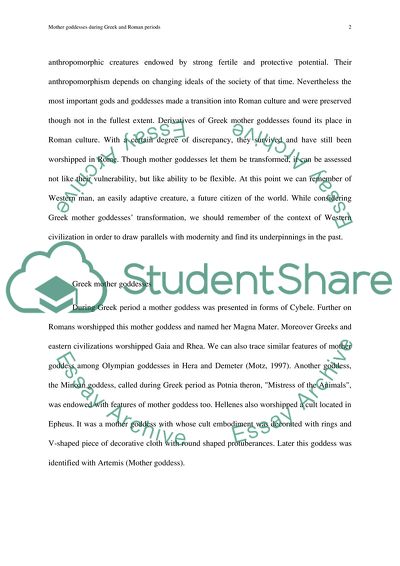Cite this document
(Mother Goddesses During Greek and Roman Periods Essay, n.d.)
Mother Goddesses During Greek and Roman Periods Essay. Retrieved from https://studentshare.org/religion-and-theology/1734890-the-role-form-and-significance-of-some-mother-goddesses-changed-during-the-greek-and-roman-periods-discuss-this-statement
Mother Goddesses During Greek and Roman Periods Essay. Retrieved from https://studentshare.org/religion-and-theology/1734890-the-role-form-and-significance-of-some-mother-goddesses-changed-during-the-greek-and-roman-periods-discuss-this-statement
(Mother Goddesses During Greek and Roman Periods Essay)
Mother Goddesses During Greek and Roman Periods Essay. https://studentshare.org/religion-and-theology/1734890-the-role-form-and-significance-of-some-mother-goddesses-changed-during-the-greek-and-roman-periods-discuss-this-statement.
Mother Goddesses During Greek and Roman Periods Essay. https://studentshare.org/religion-and-theology/1734890-the-role-form-and-significance-of-some-mother-goddesses-changed-during-the-greek-and-roman-periods-discuss-this-statement.
“Mother Goddesses During Greek and Roman Periods Essay”. https://studentshare.org/religion-and-theology/1734890-the-role-form-and-significance-of-some-mother-goddesses-changed-during-the-greek-and-roman-periods-discuss-this-statement.


